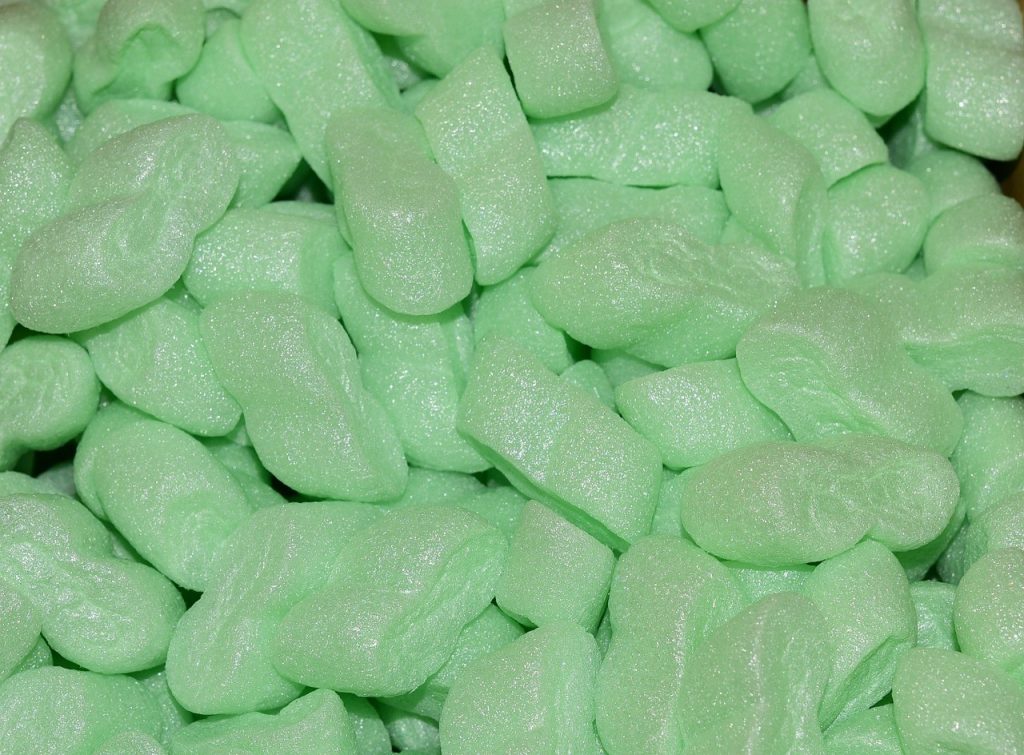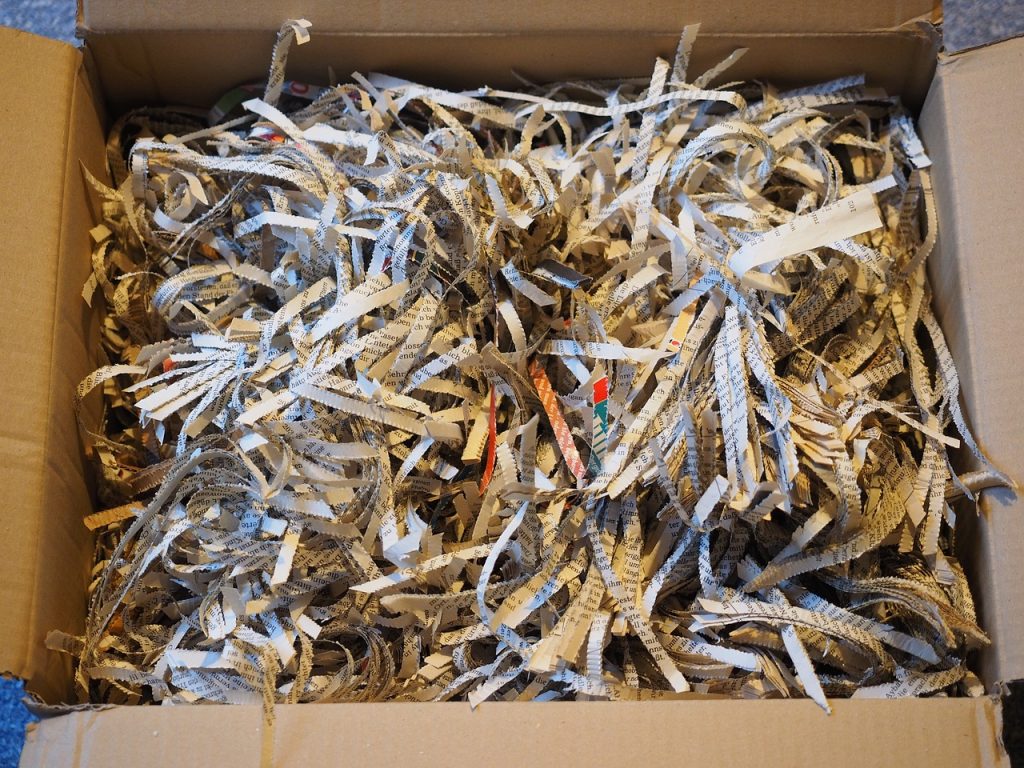- Understand the material: Determine if your packing peanuts are made of polystyrene or Styrofoam.
- Separate and clean: Ensure any residue or garbage is removed from the peanuts.
- Identify recyclability: Not all packing peanuts are recyclable. Determine the type you have.
- Find a local recycling center: Drop off clean packing peanuts at a center that accepts this type of waste.
- Repurpose creatively: If recycling isn’t an option, think of innovative ways to reuse the peanuts.
Understanding Packing Peanuts: What are They Made Of?
So you’ve got a bunch of packing peanuts, and you’re wondering how to recycle them effectively. Understanding what they’re made of is a good place to start. Primarily, packing peanuts are made from polystyrene, the same material that’s used to make Styrofoam peanuts. Polystyrene is a kind of plastic that is not readily recyclable in most places, but don’t let that discourage you. There are plenty of creative ways to recycle packing peanuts, you just need to know how.
The process of recycling packing peanuts involves repurposing them in innovative ways, instead of just throwing them away. Just because they’re made of a hard-to-recycle material doesn’t mean they can’t be reused or recycled in some form. What’s thrilling about recycling is that it often takes just a bit of creativity and research.
So whether you’re dealing with regular packing peanuts or Styrofoam peanuts, remember: recycling them is always possible and greatly beneficial for our environment.
Polystyrene and Styrofoam: The Materials Behind Packing Peanuts
When it comes to packing peanuts, the essential materials used in their creation are polystyrene and Styrofoam. These packing peanuts, often referred to as styrofoam peanuts, have been a reliable packaging material for years. The unique puffy pieces are light but durable enough to protect items during shipping. Besides, they’re also widely recycled, contributing to sustainable practices. It’s important, however, to understand that not all peanuts are made from these materials and can vary based on different factors. Recycling these peanuts should be a priority. After all, why should we let something so potentially reusable end up in a landfill? Nonetheless, recycling styrofoam peanuts is possible and environmentally beneficial. The green guide to repurposing puffy pieces brings in a sustainable practice of recycling the packaging peanuts. Together, we can make a significant difference in reducing waste and promoting recycling, making the earth a better place for everyone.
Recycling 101: How to Dispose Recycled Packing Peanuts Properly?
Have you ever wondered how to dispose of packing peanuts properly? It’s not as difficult as it seems. Recycling is one of the most effective ways to handle waste and lessen its environmental impact. Specifically, packing peanuts made from polystyrene or Styrofoam can be recycled and transformed into new products, going from garbage to something useful again. The recycling process is straightforward, particularly for peanuts used in shipping.
Disposal may seem complicated, but you don’t have to worry. There’s a proper way to dispose of this shipping waste. First, you should ensure that any residue or garbage is removed from the peanuts. Next, you can drop off the clean packing peanuts at a local recycling center that accepts this type of waste. Remember, it’s our responsibility to properly handle waste and continue recycling for a healthier planet. With proper disposal methods, you are playing a part in keeping our environment clean.
Recycling Services for Polystyrene: What Can be Recycled from Packing Peanuts?
If you’re questioning how to recycle packing peanuts, you’re not alone. Knowing what can be recycled is essential, especially with common packaging materials like packing peanuts. These puffy pieces are most often made of EPS (expanded polystyrene) or, simply put, plastic, and are notoriously non-biodegradable. But recycling services are rising to the challenge, providing ways to recycle these seemingly indissoluble items.
Not all packing peanuts are recyclable. Traditional Styrofoam versions are less likely to be, while newer, biodegradable versions are. The good news is that with the rise in recycling awareness, many recycling services now can handle EPS materials. These services ensure that, instead of ending up in a landfill, these packing peanuts could get a second life. It’s critical to determine which packing peanuts you have and find a suitable recycling service. Keep in mind recycling isn’t the only option, you can also repurpose packing peanuts in creative ways. Always choose to recycle where possible to keep our planet green.
The Role of Plastic and Styrofoam in Packing Wrap
Packing peanuts, often made of plastic or styrofoam, play a crucial role in the shipping industry. Plastic is used due to its durability and versatility. However, they’re not biodegradable, which poses a significant problem for the environment. On the flip side, styrofoam peanuts, while still a type of plastic, tends to be more lightweight, and some are even biodegradable. They do well in cushioning items during shipping, reducing damage.
Packing peanuts, along with bubble wrap and other types of packing wrap, are designed to protect goods during transport. However, the environmental impact of these plastic pieces can’t be overlooked. In lieu of discarding used packing peanuts, it’s advised to reuse them whenever possible – offering a greener way to utilize these puffy, plastic pieces.
If you can’t reuse your peanuts and other packing wrap materials, consider recycling services that cater to these polystyrene materials. By taking advantage of these services, we can contribute to the sustainable disposal and recycling of packing peanuts, helping to minimize unnecessary waste.




